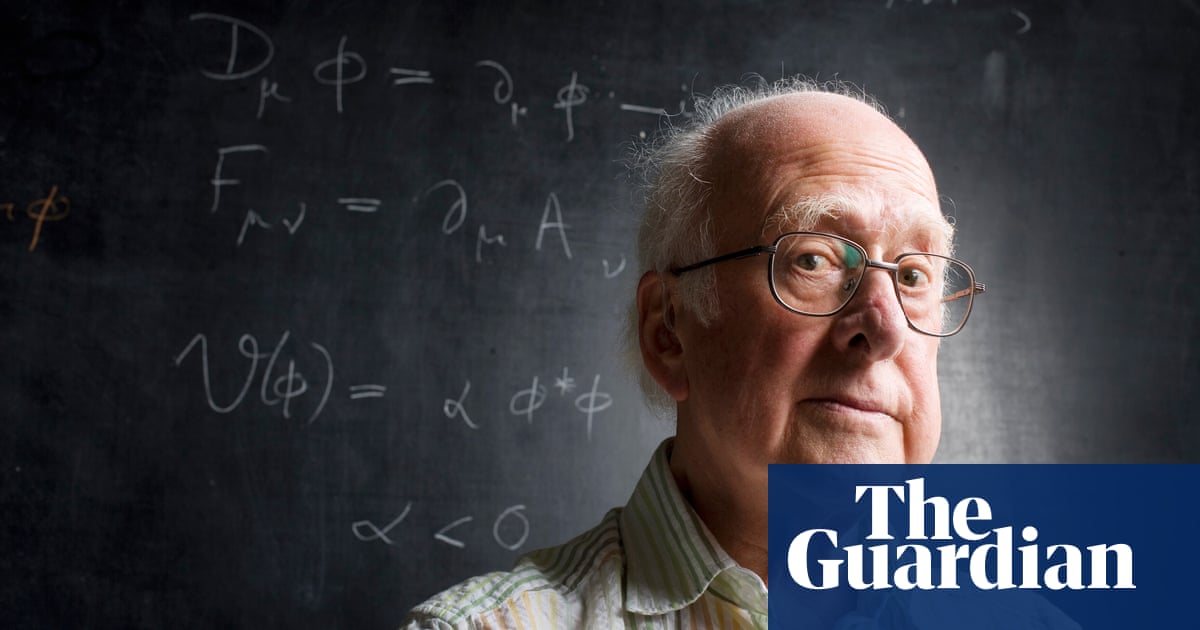Get the latest tech news
RIP Peter Higgs, who laid foundation for the Higgs boson in the 1960s
Higgs shared the 2013 Nobel Prize in Physics with François Englert.
While it was possible to use existing models of physics to explain some of their properties, these predictions had an awkward feature: just like another force-carrying particle, the photon, the resulting W and Z bosons were massless. Over time, theoreticians managed to craft models that included massive W and Z bosons, but they invariably came with a hitch: a massless partner, which would imply a longer-range force. At that time, "There seemed to be excitement and concern about quantum field theory (the underlying structure of particle physics) back then, with some people beginning to abandon it," David Kaplan, a physicist at Johns Hopkins University, told Ars.
Or read this on Hacker News
